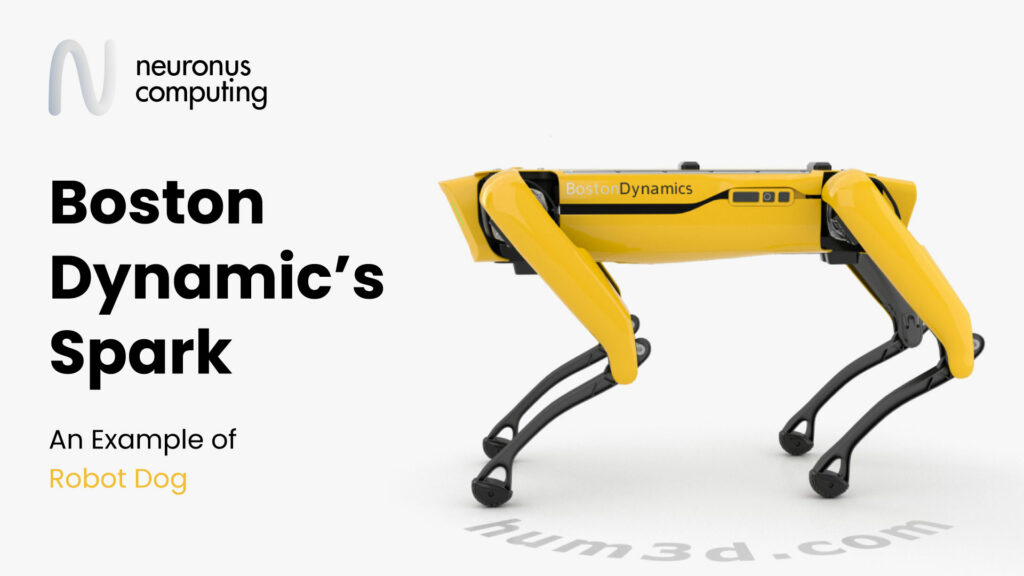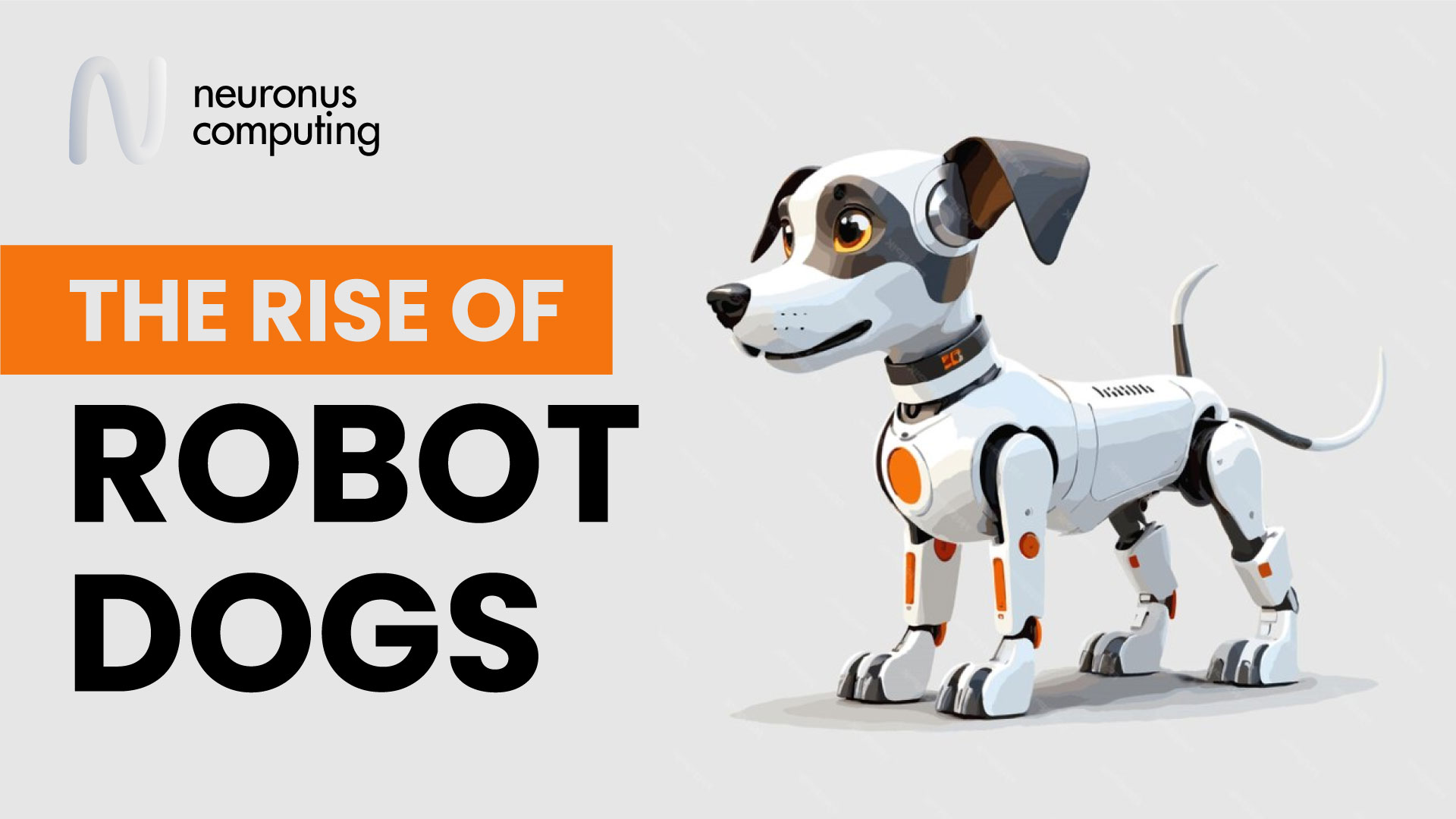The Rise of Robot Dogs: Man’s New Best Friend?
Artificial intelligence is giving a new surprise every day through its boundless potential. Who would have known that technology would provide a substitute for real-life dogs in the form of robot dogs? It is a significant milestone in the field of artificial intelligence, as it has the capability to transform our daily lives. The idea of robot assistants, such as humanoid robots, has been around for decades. But the technological advancement in the form of robot dogs has left everyone in awe. Right now, the concept of robot dogs is new and its function is limited but it brings promise for the future. Robot dogs are an interesting intersection between social attitudes and technological prowess.
There is a continued discussion on how robot dogs can prove beneficial for human beings, as discussed in the following section:
Application of Robot Dogs
When robot dogs are mentioned, the first question that comes to one’s mind is what is the need for them? It is true that dogs have been loyal companions of humans for centuries and their replacement in the form of a robot may seem unfit to some. Dogs have been human companions in therapy, police, and defense, but robot dogs will take many steps further.
Following is an explanation of the role of robot dogs in various disciplines:
Companionship
Robot dogs can be as good companions as real-life dogs without much care or high maintenance. It can serve as a support aid for the elderly and those with disabilities. Unlike real-life dogs, robot dogs are equipped with sensor technology and can monitor medical fluctuations with great precision.
Security and surveillance
Robot dogs can serve as effective guards and patrolling agents for private properties as well as for organizational use. Unlike real-life dogs, robot dogs are equipped with sensors and cameras that can generate timely alerts. In addition, they can also check for any leakages or unusual activity.
Service Assistance
Robot dogs can be trained to undertake any task and activity. It all depends on the training and the type of task to be done. From opening a door to carrying armor on its back, robot dogs can undertake simple to complex tasks. These dogs are monitored by cameras so their activities can be kept under surveillance.

Boston Dynamic’s Spark, an Example of Robot
Although the concept of a robot dog is still new, some organizations, like Boston Dynamics, are ahead in this race. Recently, their new robot dog named Spot has taken the spotlight in tech development.
Let’s have a detailed look at its development, function, and exclusive features:
Technical makeup
Spot is an omnidirectional robot with attached thermal and acoustic sensors to identify objects. The cameras help in monitoring the activities of the robot dog on an LED screen.
Market price
Spot is a flagship consumer robot with prices ranging from 75k to 300k.

Contrast with the Humanoid robot
Spot is a quadruped robot, just like a dog, instead of a two-legged creature. It is different from previous humanoid robots like Atlas because of its movement. There are a few reasons why a four-legged robot is preferred:
- Four-legged robots make it easy to coordinate movements.
- Two-legged robots like humanoids are preferred for research.
- Four-legged robots are perfect for performing on-the-ground tasks.
Activities
Robot dogs like Spot can perform many simple activities, like opening doors, pulling trucks, and dancing. But some sophisticated and more complex jobs can be performed by a robot dog. These jobs include working in factories, deducting nuclear power plants, deep mining, and as police guards. A robot dog must be driven through the workplace so it can follow the same steps autonomously. In factories, robot dogs can check for leaks or monitor the supply chain, etc. In deep mines, robots can be sent to locations that are undiscovered or considered hazardous for a living being.
Advance software
Tech developers are introducing more features to the robot dog to improve its performance. These features can help them identify culprits or an individual in need of medical help. Similarly, a combination of different technologies can increase the potential of robots to assist human beings. For example, the incorporation of ChatGPT can add speaking and hearing features to the robot dog. This can take a step ahead in AI and will enhance human-machine collaboration.
Ethical considerations
Robot dogs can be great assistants if they are used within ethical limits. Since they are robots, they can be trained to perform illegal and harmful activities. Some misuses include the weaponization of these dogs to inflict harm and work in terror activities. Hence, all organizations and technological institutes are called to make a unanimous decision about the working limits of a robot dog.
Conclusion
Technological advancement is linear and the aim is to always have a forward approach. Robot dogs are the result of a similar outlook on technological development and a progressive outlook. The goal of these new ventures and gadgets is to pave the way for new research and benefit human beings. Robot dogs will prove extremely beneficial for multiple organizations and will also accompany humans at their best.







